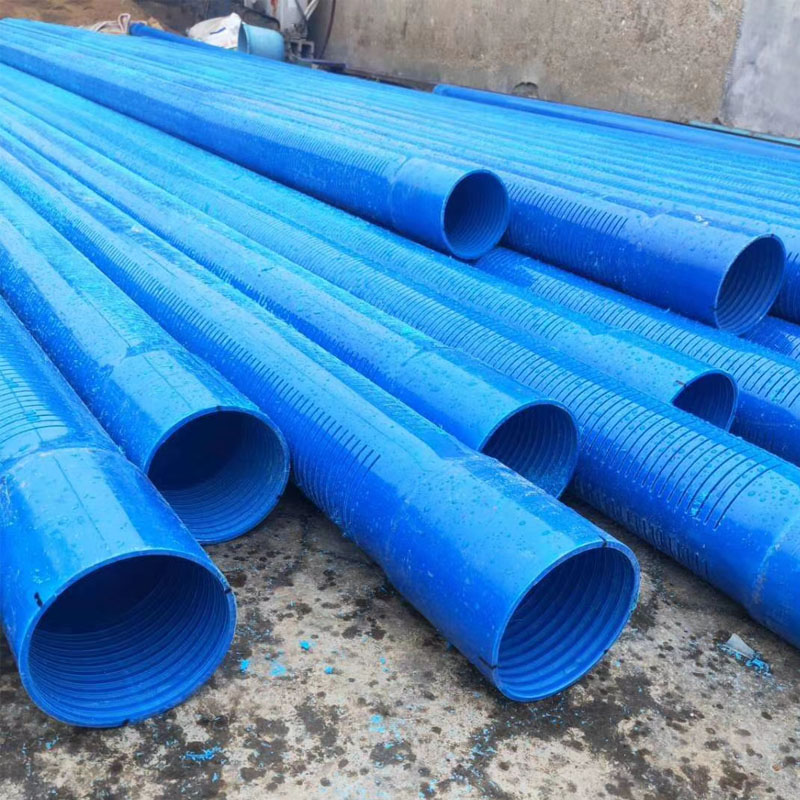Oct . 31, 2024 03:00 Back to list
hdpe transition coupling products
Understanding HDPE Transition Coupling Products
High-Density Polyethylene (HDPE) is a widely utilized thermoplastic polymer that is known for its durability, flexibility, and resistance to a wide range of chemicals. One of the key components in HDPE piping systems is the transition coupling. These products play a pivotal role in ensuring that different piping materials can be effectively joined and function correctly within various applications, from water supply to gas transportation.
What Are HDPE Transition Couplings?
HDPE transition couplings are specially designed fittings that allow for a seamless connection between HDPE pipes and other materials, such as PVC, steel, or ductile iron. This is crucial in many plumbing and infrastructure projects where it becomes necessary to connect different types of piping due to existing systems or material requirements. The versatility of transition couplings helps mitigate the risks of leakage, ensuring a reliable and robust piping network.
Types and Applications
There are several types of HDPE transition coupling products available on the market, each tailored to accommodate various materials and pressure requirements. The most common types include
1. Mechanical Couplings These use mechanical means, such as clamps or screws, to secure the pipes together, providing a tight seal without the need for special tools.
2. Fusion Couplings These involve heating the ends of the pipes and then fusing them together, creating a strong, permanent joint. This method is particularly beneficial for applications where movement and vibration are expected.
hdpe transition coupling products

3. Flanged Couplings These are equipped with flanges that allow for easy connection and disconnection, making maintenance straightforward.
Transition couplings are invaluable in numerous applications. For instance, in municipal water systems, transitioning from HDPE to ductile iron can provide the necessary robustness for high-pressure environments. Similarly, in industrial settings, connecting HDPE pipes to steel piping systems ensures that the benefits of both materials can be utilized effectively.
Benefits of HDPE Transition Couplings
One of the primary advantages of HDPE transition couplings is their ability to maintain the integrity and pressure of the piping system. They minimize the risk of leaks that can lead to costly water loss or system failures. Additionally, the chemical resistance of HDPE ensures that these couplings can handle various substances without degrading over time.
Another essential benefit is their ease of installation. Many HDPE transition coupling products are designed for quick assembly, reducing labor time and costs during installation. This is especially important in large-scale projects where efficiency is crucial.
Conclusion
In summary, HDPE transition coupling products are essential components in modern piping systems, enabling the connection of different materials without compromising performance or safety. Their versatility, reliability, and ease of use make them a preferred choice in various industries. As infrastructure improvements continue worldwide, the significance of these couplings and the HDPE material will undoubtedly expand, promoting efficient and sustainable water management and resource distribution. As you plan your next project involving multiple piping materials, consider the advantages that HDPE transition couplings can bring to the table.
-
HORON 25mm PPR Plumbing Pipes: Durable, Leak-Proof Water Systems
NewsAug.15,2025
-
Durable UPVC Column Pipes for Submersible Pumps | Efficient Water Flow
NewsAug.14,2025
-
DN100 PVC Well Casing Pipes - Durable & Corrosion-Resistant
NewsAug.13,2025
-
Flexible 32mm HDPE Pipes in Coil | Durable Water & Gas Lines
NewsAug.12,2025
-
DN50 HDPE Pipes in Coils: Flexible, Durable & Easy Install
NewsAug.11,2025
-
32mm HDPE Pipes in Coil: Durable, Flexible, Easy Install
NewsAug.10,2025

